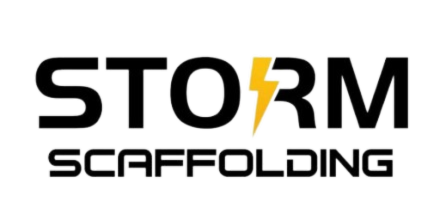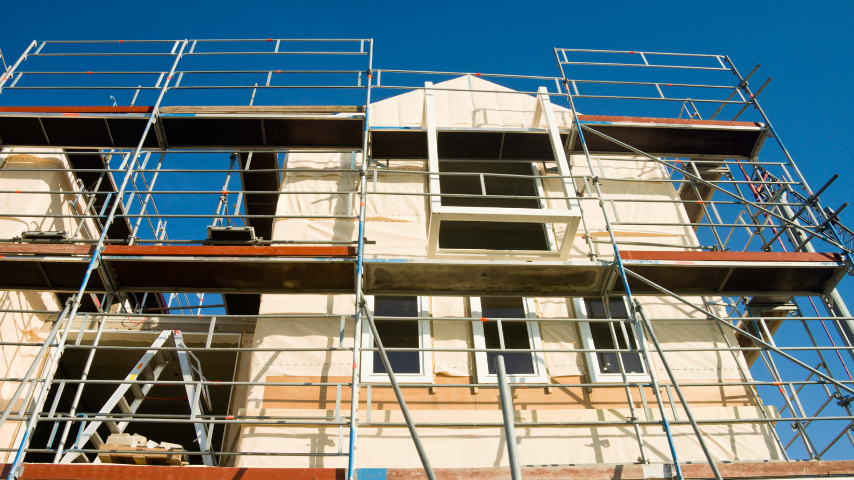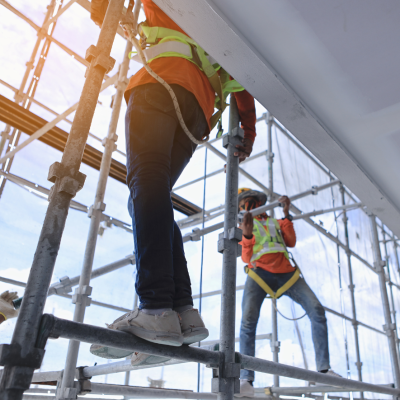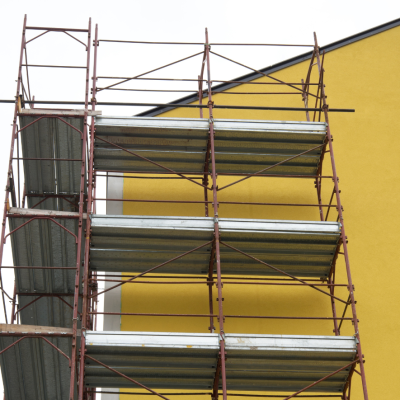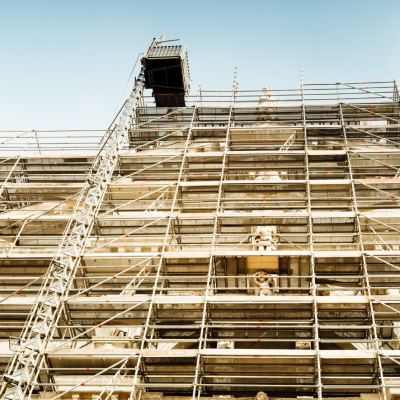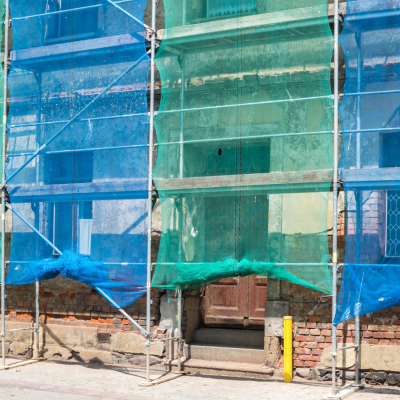When you're considering scaffolding solutions for your next project, the debate between buying and hiring can be a tough one. At first glance, owning scaffolding seems advantageous – no rental fees, no waiting for deliveries. But is it truly the best choice?
The Complex Nature of Scaffolding Systems
Scaffolding is more than just a single structure; it's a complex, modular system. These systems are composed of various components, each with standard lengths and joining mechanisms, designed to offer flexibility in assembly. The variety in component types and sizes impacts the scaffold’s dimensions and assembly speed – a critical factor in construction.
The Decision: Purchase or Rental?
Purchasing scaffolding often stems from the anticipation of consistent use. If your projects are similar in nature – same height, location, and scale – buying scaffolding seems like a sound investment. However, consider the flip side: if your projects vary in site conditions – narrow spaces, uneven ground, or specific obstructions – your owned scaffolding may not always be "fit for purpose." Adapting to diverse site requirements could mean investing in a wide range of components, which might not be the most economical path.
Storage and Transport: A Logistics Challenge
Owning scaffolding involves more than just the initial purchase. Storage requires significant space in a warehouse or yard. Organizing and selecting the right components for each job is time-consuming. Additionally, consider the logistics of transport – do you have the appropriate vehicles, or will you need to hire transport services? Even lightweight aluminium systems might necessitate a forklift for loading and unloading, adding to the complexity.
Maintenance Responsibilities
Rental scaffolding comes with the assurance of cleanliness and regular maintenance, adhering to strict safety regulations. As an owner, you bear the responsibility of maintaining your equipment to the same standards, ensuring it remains safe and compliant.
Design and Regulatory Compliance
Hiring a scaffold also transfers the responsibility of design and compliance to the rental company. They ensure the scaffold meets all design requirements, such as load capacity and safety standards. When delivered, it complies with all regulations, accompanied by a Safe Work Method Statement addressing potential safety hazards.
Scaffold Erection: Expertise Matters
While certain smaller scaffolds might not require a certified expert for erection, this doesn't eliminate the need for competency and adherence to manufacturer’s specifications. Professional scaffold companies employ experienced staff and qualified scaffolders, mitigating risks of accidents or property damage.
The Verdict: Hiring Scaffolding
When you weigh the benefits – storage, maintenance, diverse component range, design compliance, transportation, and expert assembly – hiring scaffolding often overshadows the perceived convenience and cost-effectiveness of ownership. “Leaving it to the experts” isn't just a saying; it's a practical approach to ensuring efficiency and safety in your scaffolding needs.
At STORM Scaffolding, we understand the intricacies of both options. Whether you choose to buy or hire, we're here to provide expert guidance and support to make your decision as informed and beneficial as possible for your specific project requirements.
